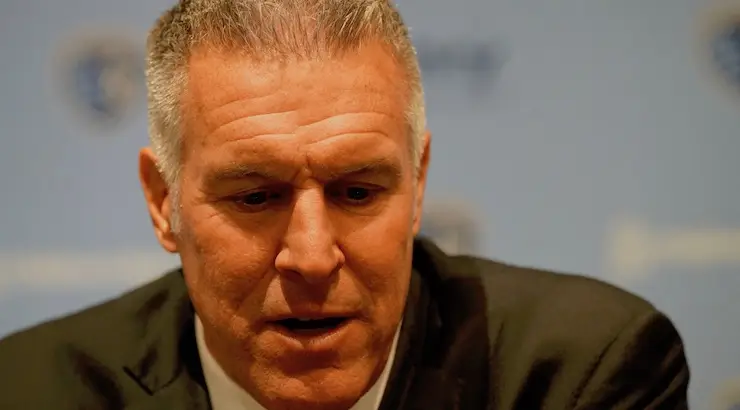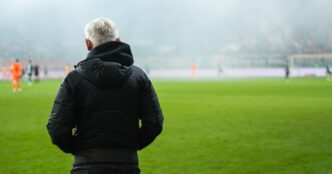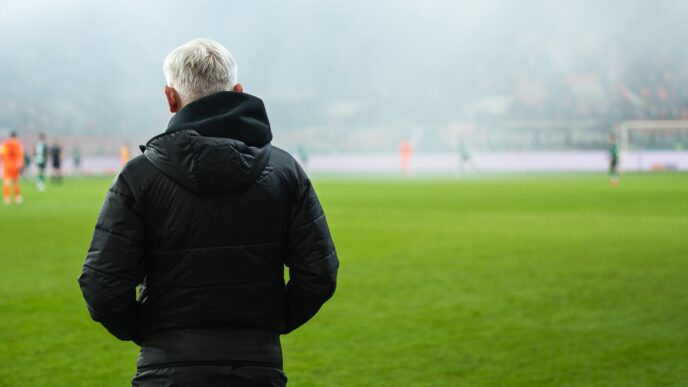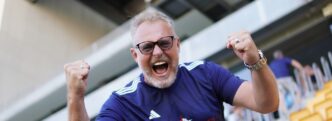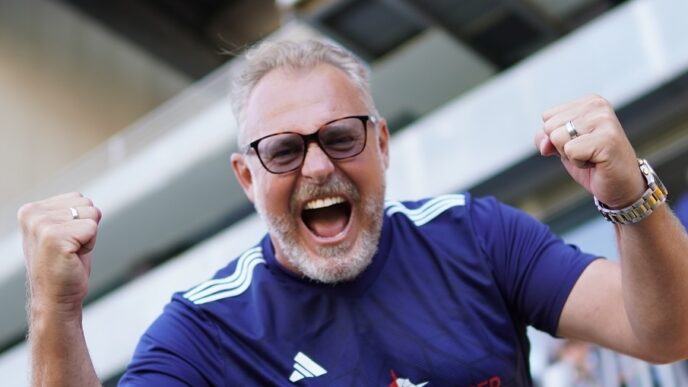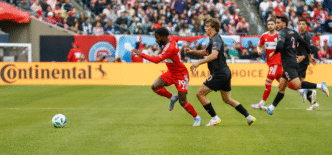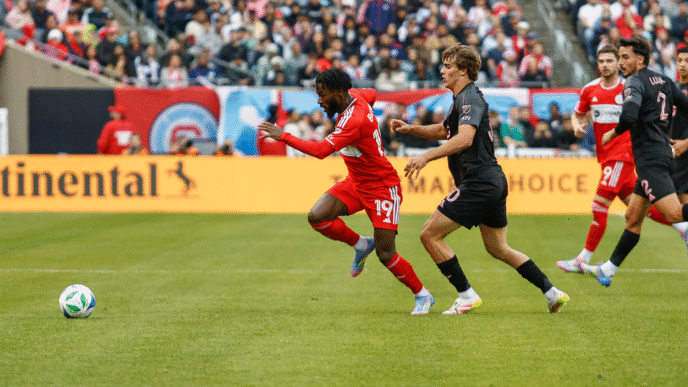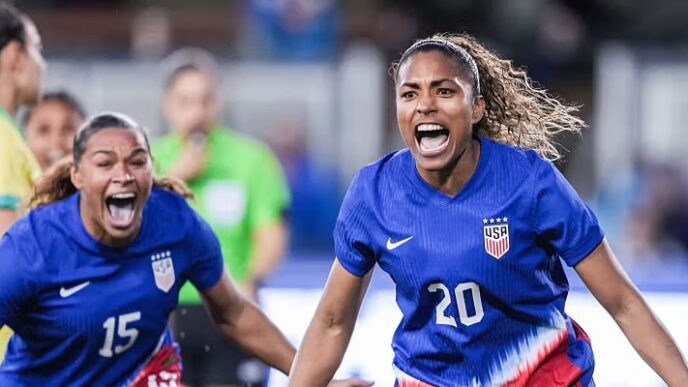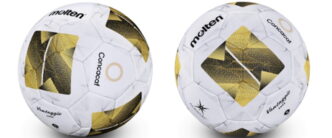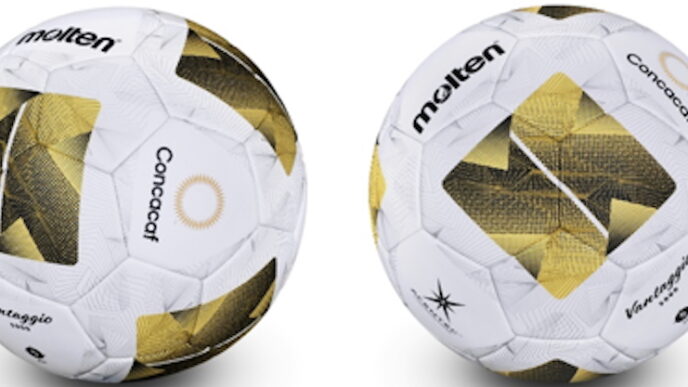The Sporting Kansas City Manager on Creating a Sustainable Pathway for Homegrown Talent in MLS
Peter Vermes, a former professional soccer player, became the technical director of Sporting Kansas City in 2006 and assumed the role of manager in 2009. Under his leadership, Sporting KC has transformed into a powerhouse in Major League Soccer (MLS), securing multiple titles, including two MLS Cups (2000, 2013) and four U.S. Open Cups (2004, 2012, 2015, 2017).
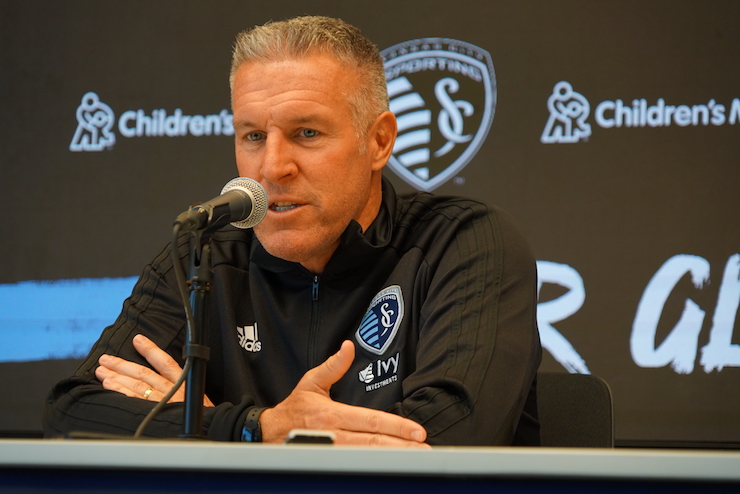
Central to Vermes’ success is his unwavering commitment to player development. He emphasizes the importance of cultivating homegrown talent through a structured academy system, focusing on identifying premier talent in the U-9 to U-14 age groups and developing them into top-tier players in the U-15 to U-19 levels. This approach ensures a seamless transition for players advancing to the first team, fostering a consistent and competitive environment.
Vermes also places significant emphasis on building a strong team culture. He believes that prioritizing the team above all and fostering a winning mentality are crucial for success. He acknowledges that establishing such a culture requires time and dedication, likening the process to that of a “used car salesman” trying to sell the concept to players.
Under Vermes’ guidance, Sporting Kansas City has not only achieved on-field success but has also set a standard for integrating youth development with professional play, creating a sustainable model that other clubs aspire to emulate.
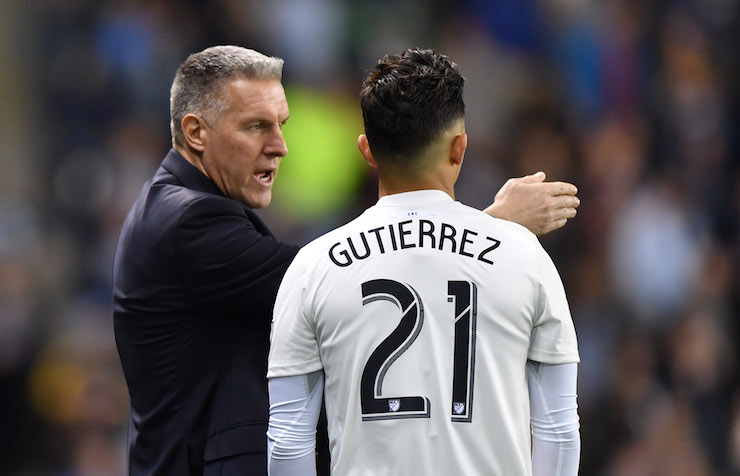
SoccerToday’s Interview with Peter Vermes
Diane Scavuzzo: You are the longest-tenured head coach of an MLS team and I wanted to ask you, if you could turn back the clock, what was it like when you first started and what were the challenges then and what are the differences today?
Peter Vermes: I was fortunate that when I started with the organization, I started with the new ownership group and we were creating the vision of what kind of club we wanted.
For all intents and purposes, I was provided with a blank canvas.
We wanted to make it, if you will, in the image of the ownership group. I had the ability to share my ideas of how I thought that, especially on the technical side, a club should be.
Diane Scavuzzo: What were those ideas? What was that technical vision you wanted to bring to the MLS club?
Peter Vermes: The first thing was we really wanted to win championships.
I know that sounds pretty simple and all sports teams in every sport say that, but very few actually go about accomplishing this on a regular basis.
For us, we felt that winning was an important aspect if we were going to change the culture of how our team was perceived, first in Kansas City and then within Major League Soccer.
Diane Scavuzzo: Sporting Kansas City has amazing fans who happily cheer in below freezing weather — all wearing Sporting ‘Blue’ gear. What was it like when you took over?
Peter Vermes: At that time, if there were 15 teams in the league, we were actually 17th on the list for merchandise sales.
Diane Scavuzzo: Really?
Peter Vermes: Today, we are always in the top three — all the time.
There have been a few years that we’ve been number one. And, to put this in perspective, you need to take into consideration we’re fighting against teams like Atlanta United FC which has a stadium with 70,000 seats.

Diane Scavuzzo: How did you change soccer in Kansas City?
Peter Vermes: On the technical side, those things were really simple.
FIRST WAS WINNING. WE FELT THAT WE HAD TO WIN.
The other objective was we had to be a club that, year-after-year, was going to be competitive — meaning that it’s one thing to be a team that wins the MLS Cup, and then the next year they don’t even make the playoffs and another to be a team that was consistently competitive and always gave ourselves a chance to win at least one of three trophies per year if not more, being the MLS Cup, the Supporters’ Shield, and the US Open Cup.
WE DIDN’T WANT TO BE THE ONE HIT WONDER.

Diane Scavuzzo: How do you do that? Do you buy talent with multi-million dollar contracts?
Peter Vermes: That’s the next piece. We decided we were not going to be the club that spends $17 million on one player, at least not now or then.
IT WAS A SIMPLE IDEA – WE HAVE TO DEVELOP OUR OWN PLAYERS THROUGH OUR ACADEMY PROGRAM.
Another goal back then was to get a USL team because we needed to be able to bridge the gap between the first team and the academy. It’s a really big jump for players.
All the major soccer clubs around the world have a team in between and their first team in their academy team. It is an important step to develop homegrown players, so that one day, the younger players can play on their first team.
That ownership has made a huge investment in the development of players. When I say investment, obviously it all starts with money, but it really goes into people and facilities.
And, when you talk about people, you’re talking about continuously educating them because we are in a profession.
YOU HAVE TO CONSTANTLY BE GETTING BETTER AT WHAT YOU DO.
In a profession, people must stay up with the latest information to become better at what you do.
What a doctor learned 30 years ago — he’s probably not using most of it today because technology has changed. A doctor has to stay up with the times and it’s the same thing, especially if we want to be the best that we can be.

Then the final piece is it comes down to the scouting of the players, the recruitment of the players that we’re bringing in.
They have to meet all of the qualifications or at least have the potential in the areas we are looking at. Then, you spend the time for them to become better and you invest in them.
We have done this with quite a few players in our organization who are playing with us today.

Diane Scavuzzo: What is the last piece of this plan for success?
Peter Vermes: It is our model of play.
If you look at all of our academy teams and our USL team, and then you look at our senior team, maybe the speed of play and maybe the skills of the players aren’t the same but at each level, they’re all trying to play exactly the same way as the first team.
That makes for incredible ease of acclimation for the players when they are transferring from team to team and level to level.
What they’re not trying to do is, at the same time as they are trying to get up to the speed of play and the physicality of the next level, is also learn and understand how to play the system of play. They already know that.
Now it’s just them being able to physically get stronger, and maybe increase the speed of play. It’s those things that they’re really now concentrating on. The acclimation of the player is so much quicker.
Diane Scavuzzo: How would you describe yourself as a coach? You’ve been called intense … What are the top three words you would use to describe yourself?
Peter Vermes: I would say I’m demanding.
I would say that I am extremely fair.
I would say that I was a builder.
I classify coaches in two ways. I don’t mean this disrespectfully, I just think that there are coaches who coach for a year or two at one club and then they move on to another club. They don’t want to be somewhere too long.
I think other coaches are guys who are builders. For me, as much as I enjoy the game to game, I love the ability to able to build a club and be a part of the entire technical side, from the academy up to the USL and to the first team.

Diane Scavuzzo: You’ve come out and watched academy players. How would you describe your philosophy of developing a player from the academy to the USL?
PETER VERMES: FIRST, I BELIEVE THAT THE ACADEMY IS THE LIFEBLOOD OF THIS ORGANIZATION GOING FORWARD.
I believe that throughout my entire body. The academy is absolutely the lifeblood of this organization.
I also do believe that there will be times — as we continue to produce players out of our academy — when there will be a position in the field that maybe we haven’t developed a player for, that we’ll still have to be out in the world marketplace to purchase a player to give us that level that we’re looking for.
OUR OBJECTIVE IS, NUMBER ONE, TO MAKE SURE THAT WE’RE DEVELOPING PLAYERS WITH THE POSITIONAL CHARACTERISTICS THAT FIT OUR MODEL OF PLAY.
I think that’s our future. I think our biggest achievement will be the day that we can have 11 players that are playing in Children’s Mercy Park that have all gone through our academy. That would be an incredible day.
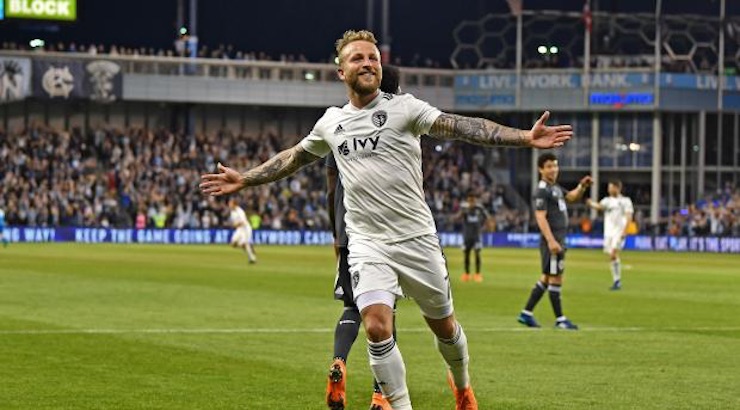
Diane Scavuzzo: Bringing on a player like Johnny Russell from Scotland to Sporting Kansas City, do you think it gives the club a flavor of something different and can be a development tool too?
Peter Vermes: Correct. That’s why I will say the approach is a bottom-up and a top-down approach.
At some point in the next three to five years, you’re going to see the top going down and the bottom coming up and there’s going to be a collision somewhere.
That collision is going to be when we’re developing so many players out of the academy that they’re going to now start to push into the first team and the guys at the top who have been playing so well will push down to try to hold those players back, because they want to still be the ‘guy’.

When that moment happens, there’s going to be an incredible burst of talent.
People are going to say this is Sporting Kansas City’s golden generation because we’re going to have this plethora of kids coming through that have really matured into first-team players. That’s our ultimate goal. That’s why we have made the investment that we have into the pro pathway that we’ve created.
